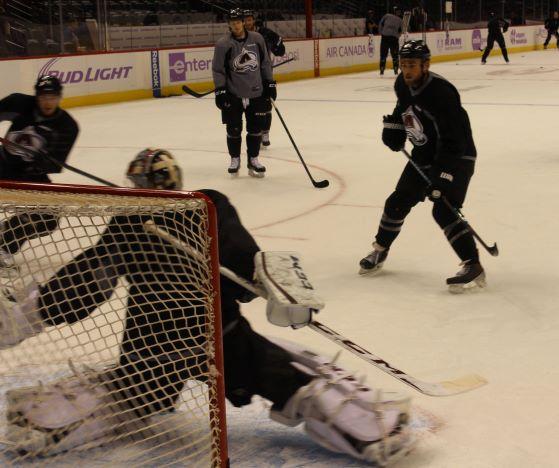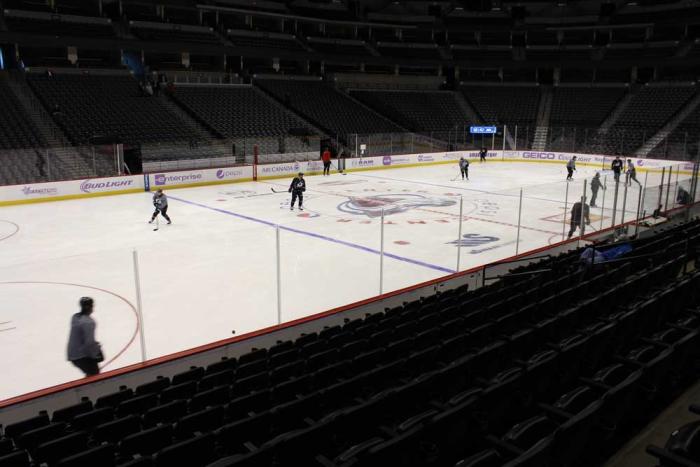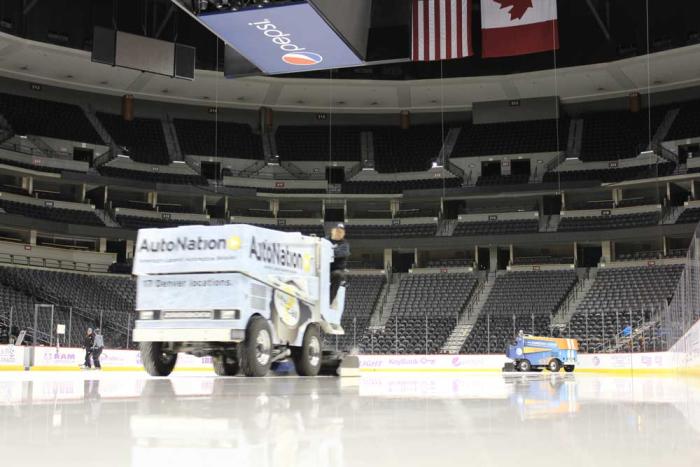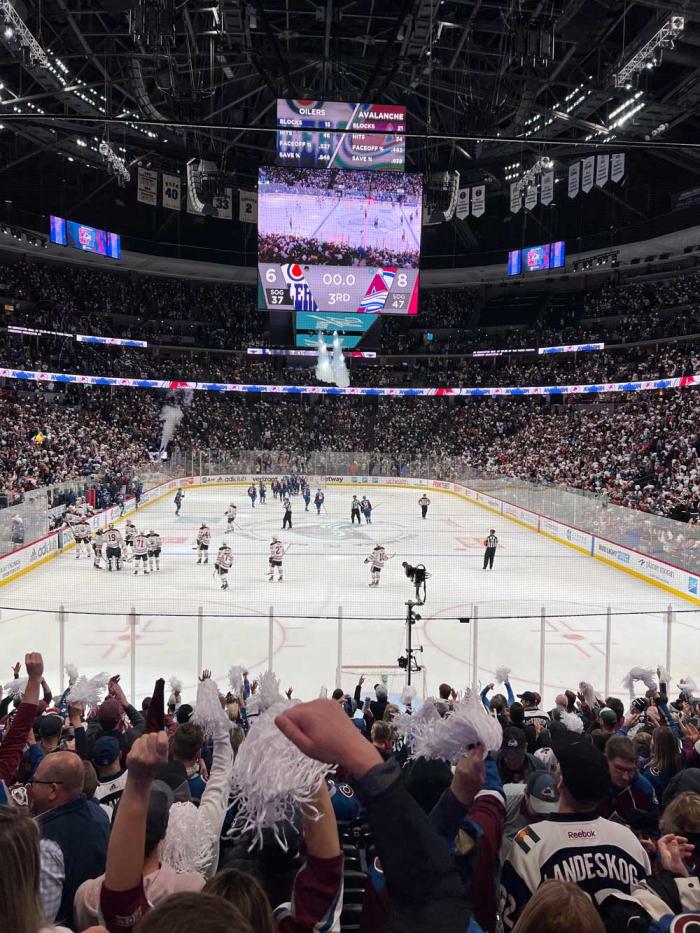Nice ice, baby
Editor’s note: This TAP story and video was originally published in December 2014. #GoAvsGo
It’s late in the second period of a Colorado Avalanche 2014 home game at the Pepsi Center (renamed Ball Arena in 2020), and the Avalanche players are on the attack.
They chase the puck behind their opponent’s net, gliding on a silvery surface as smooth as glass. Two players fight for a puck in the corner, skate blades grinding the ice, desperately maintaining balance.
Tony Kreusch is watching it all.
But he’s not watching the players as much as the surface. Kreusch, director of ice operations for the Avalanche, is the man responsible for creating a world-class skating surface for the fastest game on ice.
“If we don’t do our job right, they can’t do their jobs,” Kreusch said.
Like this? Forward this story to a friend! Get this from a friend? Get our free, weekly email by subscribing to TAP.
Creating an ice rink to meet National Hockey League standards takes more than just pouring some water on the ground and watching it freeze. And Kreusch says even though the product Denver Water supplies as a foundation for ice making is quite good, it’s only a part of a bigger equation.
“We can use the water we get straight from the tap when we need to, but we typically put it through one more filtration process, called reverse osmosis.” Kreusch said. “It gives us better clarity in the ice, and it allows the ice to bond together a bit better. That makes for a better skating, nicer looking surface.”
An NHL rink consists of several layers, starting with a cement floor that is chilled to around 14 degrees by underground piping filled with refrigerated glycol. Water is then frozen in stages, including a layer with a paint-like substance that makes the ice look white. In all, a typical ice surface measures an inch and a quarter thick.
On a typical game day, Kreusch and his crew can resurface the ice up to 10 times, using about 3,000 gallons of water each day. This is usually where the Zamboni comes in, the large, tractor-like vehicle that circles the ice, putting down a thin layer of water in the rink. If you look closely, you’ll notice an odd characteristic to that water.
Avalanche ice starts as mountain snow. Learn how Denver Water measures snowpack to forecast water supply for 1.5 million people.
“It’s actually heated to a temperature of 140 to 160 degrees,” Kreusch said. “Hot water flows better than cold, and putting down hot water allows ice to freeze without air bubbles. That gives us the smoothest surface possible.”
Kreusch monitors everything on a game day, from the temperature of the glycol, to the surface ice temps, to the temperature and humidity inside and outside the arena.
“Every time an arena door opens, it has the potential to change the equation of how we maintain the ice,” Kreusch said. “Temperature and humidity mean everything.”
Kreusch believes the players know and appreciate a really good ice surface.
After all, one bad spot on the ice could sideline a player who is making millions of dollars a year, not to mention jeopardizing the fortunes of a team trying to win a championship. To this, Kreusch says no news is good news.
“We normally don’t hear from the players when the ice is good, only when there is a problem. So if all is quiet, we know we’ve done our job well.”
Another satisfied Denver Water customer, even if our water is only the tip of the ice… burg so to speak.





